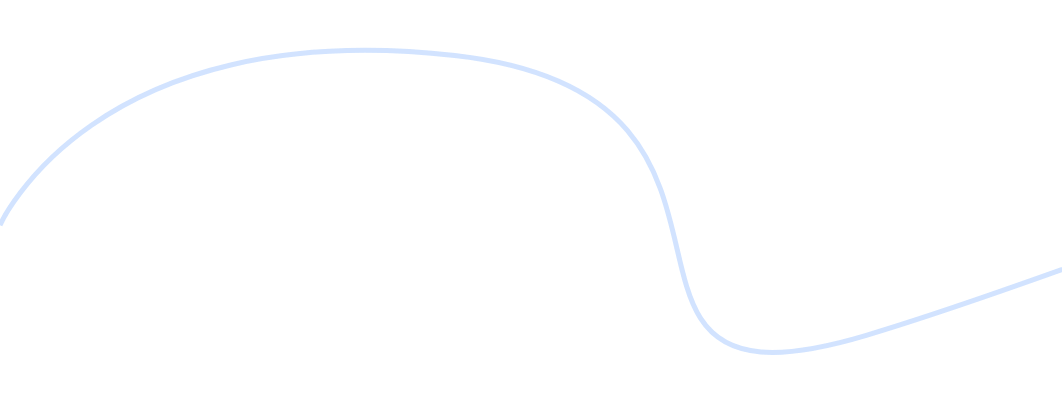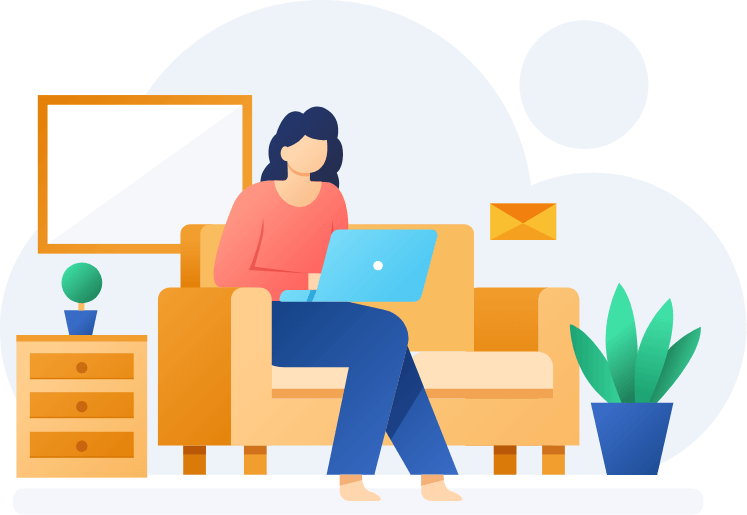Design
Creative Web Development
Indy-Web is a professional web development company delivering custom websites, digital solutions, and innovative online experiences to help businesses grow.





Indy-Web is a professional web development company delivering custom websites, digital solutions, and innovative online experiences to help businesses grow.







In today’s digital era, most of our online activities are shaped by large platforms such as social media networks, search engines, and centralized applications. While these platforms make it easy to connect, they also raise concerns about data ownership, privacy, and digital independence. This is where Indy-Web steps in. Known as the “Independent Web,” Indy-Web represents a forward-thinking movement that envisions an internet where individuals, not corporations, are in control.
Indy-Web is a concept built around creating a user-centered internet. Unlike traditional platforms that store and control user data on their own servers, Indy-Web promotes a decentralized model where individuals manage their own digital identities and content. Instead of logging into multiple apps and websites that track your behavior, Indy-Web allows you to interact online while keeping your data private and portable.
At its core, Indy-Web empowers people to own their digital presence. This means your photos, blog posts, messages, and personal information aren’t scattered across different platforms but stored in a secure space that you manage. You decide who has access, how it is shared, and when it is deleted.
The rise of Indy-Web is fueled by the growing concerns around digital privacy and corporate control of information. In traditional systems, platforms profit from user data by collecting, analyzing, and selling it to advertisers. This not only raises ethical questions but also limits users’ freedom.
Indy-Web flips this model by ensuring individuals retain ownership. Imagine being able to share your vacation photos directly with friends without uploading them to a social media platform that uses them for advertising. Or collaborating on a project with colleagues without relying on a centralized app that collects every keystroke. Indy-Web makes this possible.
Another important aspect is digital security. Centralized systems often face large-scale data breaches because all information is stored in one place. A decentralized, user-first web greatly reduces the risk, since there is no single point of failure.
Indy-Web is built on concepts of decentralization, open-source development, and personal data sovereignty. While the specific technologies can vary, they often include:
Together, these technologies make it possible for Indy-Web to function as a truly independent digital ecosystem.
The potential of Indy-Web is vast. Some real-world applications include:
For the average person, the main benefits of Indy-Web include:
This creates a more ethical, transparent, and user-respecting internet experience.
Despite its promise, Indy-Web also faces challenges. The most significant one is mainstream adoption. People are used to convenience; platforms like Facebook, Google, and Instagram make things simple, even if they compromise privacy. Convincing users to shift to Indy-Web requires strong education, user-friendly tools, and visible benefits.
Another challenge is infrastructure development. While the concept is powerful, creating a decentralized system that works as seamlessly as centralized platforms takes time and resources. Developers and organizations working on Indy-Web need to focus on building easy-to-use applications that encourage adoption.
The idea of Indy-Web is still evolving, but its importance is growing every year. As more people demand transparency and control in their digital lives, Indy-Web stands out as a promising solution. It aligns with the vision of an open, democratic internet where people—not corporations—are at the center.
We may still be in the early stages, but as technology matures, Indy-Web could redefine how we interact online. Just as email and the World Wide Web changed communication forever, Indy-Web has the potential to transform digital life into something more secure, ethical, and empowering.
Indy-Web is more than a technical innovation; it’s a philosophy of digital independence. By giving individuals control over their own data, it challenges the existing norms of centralized platforms and offers a refreshing vision for the future of the internet.
As awareness grows, Indy-Web may inspire a new era of connectivity where ownership, privacy, and freedom take center stage. It’s not just about technology—it’s about reshaping the digital world for the benefit of everyone.
The internet has grown into a powerful space for communication, business, and creativity. However, much of today’s online world is dominated by large corporations and centralized platforms. These companies control how data is collected, stored, and shared, which often raises concerns about privacy, freedom, and ownership. In response to these issues, new ideas are emerging that aim to reshape the internet. One of these innovative movements is Indy-Web, a concept built around the vision of a decentralized and user-owned internet.
Indy-Web can be described as a reimagined internet where users have more control over their digital identity, data, and content. Instead of relying on platforms that own your information, Indy-Web promotes systems where individuals truly “own” their online presence. The idea is similar to how you own personal property—you can decide what to share, who to share it with, and for how long.
This vision focuses on creating a safer, more private, and more transparent digital world. By using decentralized technologies, Indy-Web reduces dependence on centralized servers and corporations, giving power back to everyday users.
The current internet model works, but it has weaknesses. For example:
Indy-Web offers an alternative. It aims to build an ecosystem where people can maintain privacy, protect their content, and avoid being overly dependent on tech giants.
Like any new concept, Indy-Web faces challenges:
Despite these obstacles, the growing interest in blockchain, Web3, and digital independence shows there is a path forward for Indy-Web.
Indy-Web is more than just an idea; it’s part of a larger movement toward a fairer and more open internet. Developers and innovators are already experimenting with tools that could shape this decentralized future. If successful, Indy-Web could redefine how we interact online by creating digital spaces where users feel secure, respected, and in control.
The journey will not be easy, but the demand for privacy, freedom, and equality is growing stronger every day. Just as the internet evolved from basic websites to today’s social platforms, it can evolve again—this time with fairness at its core.
Indy-Web represents a hopeful vision for the next era of the internet. By prioritizing ownership, privacy, and decentralization, it challenges the current centralized system and offers a more balanced digital future. While challenges exist, the possibilities it opens for individuals, creators, and communities are inspiring. As technology continues to advance, Indy-Web might become a key piece in building an internet that truly belongs to everyone.
The internet has become a vital part of daily life, connecting people, businesses, and ideas across the globe. Over the years, many platforms have risen to dominate the digital space, but at the same time, new projects continue to emerge with fresh perspectives. One such project that is gaining attention is Indy-Web. Unlike traditional networks that often rely heavily on centralized control and big corporations, Indy-Web aims to bring something different: a more open, independent, and user-centered way of being online.
Indy-Web is a modern digital initiative that focuses on independence, creativity, and direct connections. Instead of users being controlled by algorithms, advertisements, or third-party platforms, Indy-Web emphasizes giving control back to individuals. It works on the idea that the internet should be a space where people can share, connect, and collaborate freely without losing ownership of their content.
In many ways, Indy-Web is a response to the challenges of today’s internet. Big social media companies and search engines dominate the flow of information, often making people feel that they are no longer in charge of their own digital presence. Indy-Web seeks to balance this by creating a system where users can publish, manage, and share on their own terms.
The main purpose of Indy-Web is to promote digital independence. This means helping individuals, businesses, and communities set up their own digital spaces without needing to rely on larger corporations. By doing this, people get more freedom, more privacy, and more authenticity in their online interactions.
Indy-Web also places a strong focus on community-driven connections. Rather than being another large platform where users compete for attention, it encourages smaller, more meaningful networks. It is designed for those who want quality conversations, genuine sharing, and a chance to build relationships without distraction.
The timing for a project like Indy-Web could not be better. As more people express concerns about online privacy, misinformation, and the influence of large tech companies, there is a growing demand for alternatives. Indy-Web offers a refreshing choice for those who feel the mainstream internet no longer serves them.
For small businesses, Indy-Web provides a chance to reach audiences directly without paying for expensive advertisements. For creators, it is a space to showcase talent without worrying about their work being buried by algorithms. For regular users, it offers peace of mind that their interactions remain authentic and not manipulated.
If Indy-Web continues to grow, it may inspire a new wave of internet platforms that are more open, transparent, and user-friendly. The rise of independent digital projects like this shows that people want more control over their online experiences.
The future internet could become a place with a balance between large global platforms and independent networks like Indy-Web. Together, they would give users more choice, allowing everyone to find a digital home that fits their needs.
Like any new project, Indy-Web will face challenges. Competing with well-established giants such as Facebook, Google, or Instagram is not easy. Getting people to leave platforms they already use daily will require strong reasons and clear benefits. Additionally, building trust and maintaining security will be important for long-term success.
However, the strength of Indy-Web lies in its uniqueness. It does not try to replace everything at once but instead focuses on providing independence, privacy, and community to those who value them.
Indy-Web is more than just a platform; it is a vision of what the internet could be. By prioritizing independence, privacy, and creativity, it brings back the original spirit of the web—an open space for everyone. While challenges exist, its approach offers hope for a better digital future.
As more people discover Indy-Web, it may become an essential part of the online world, standing as a reminder that the internet belongs to its users, not just the corporations that manage it.